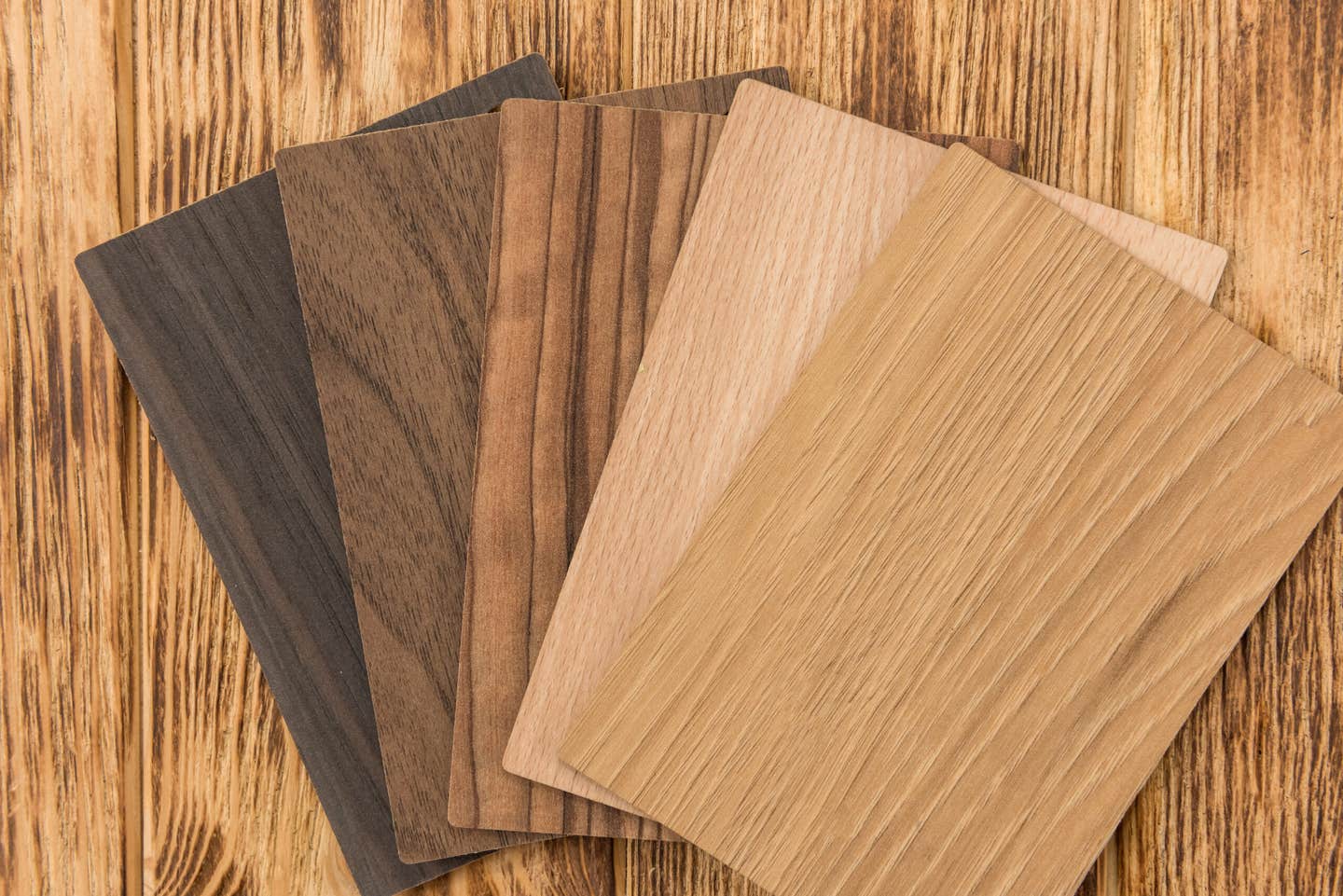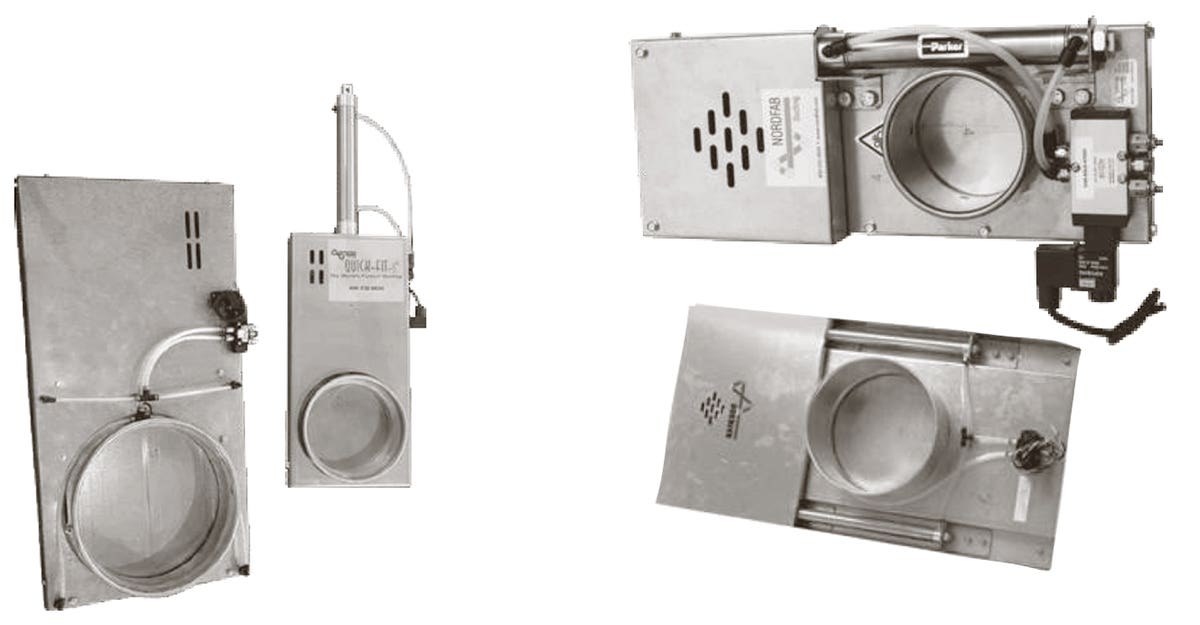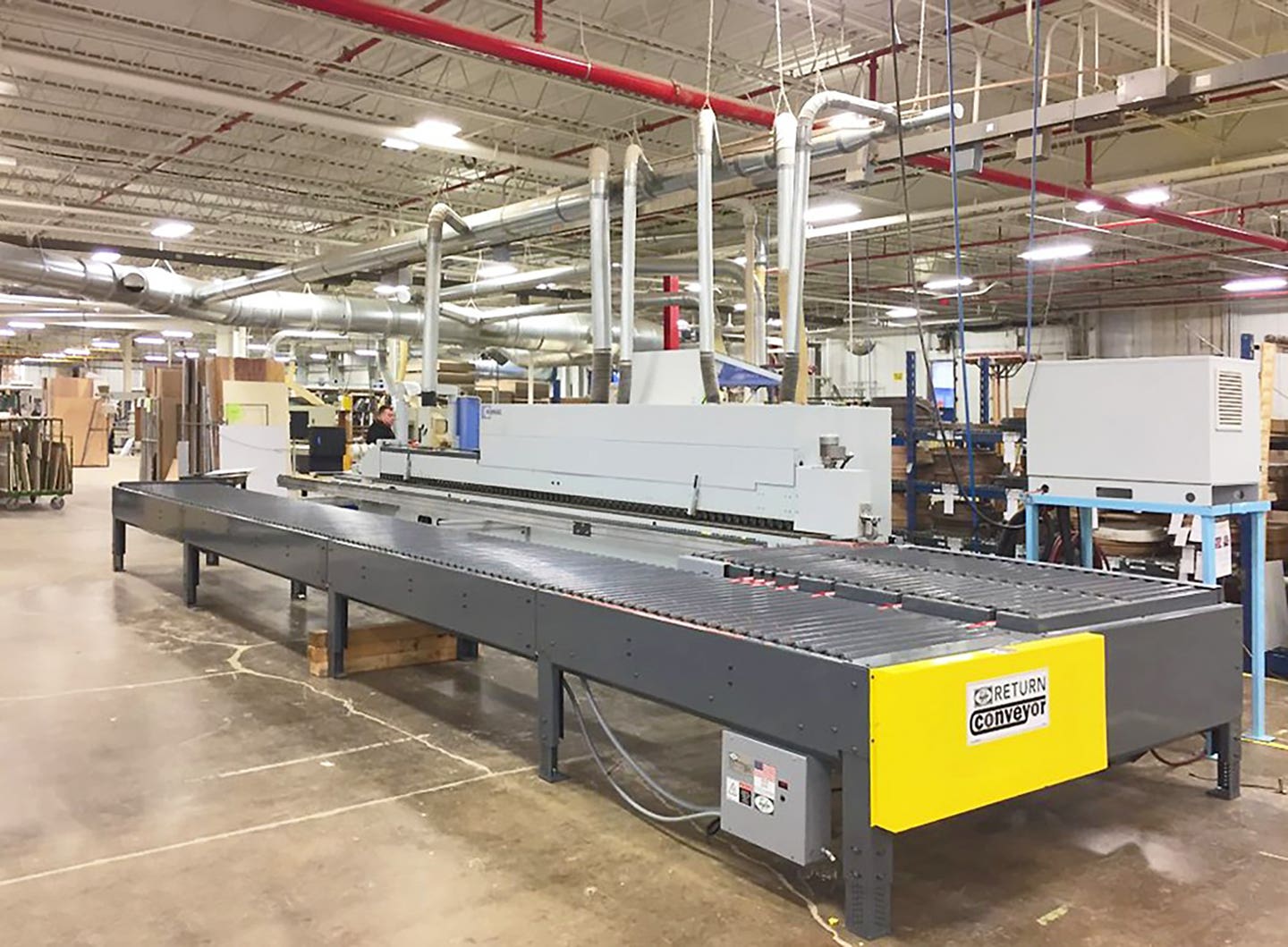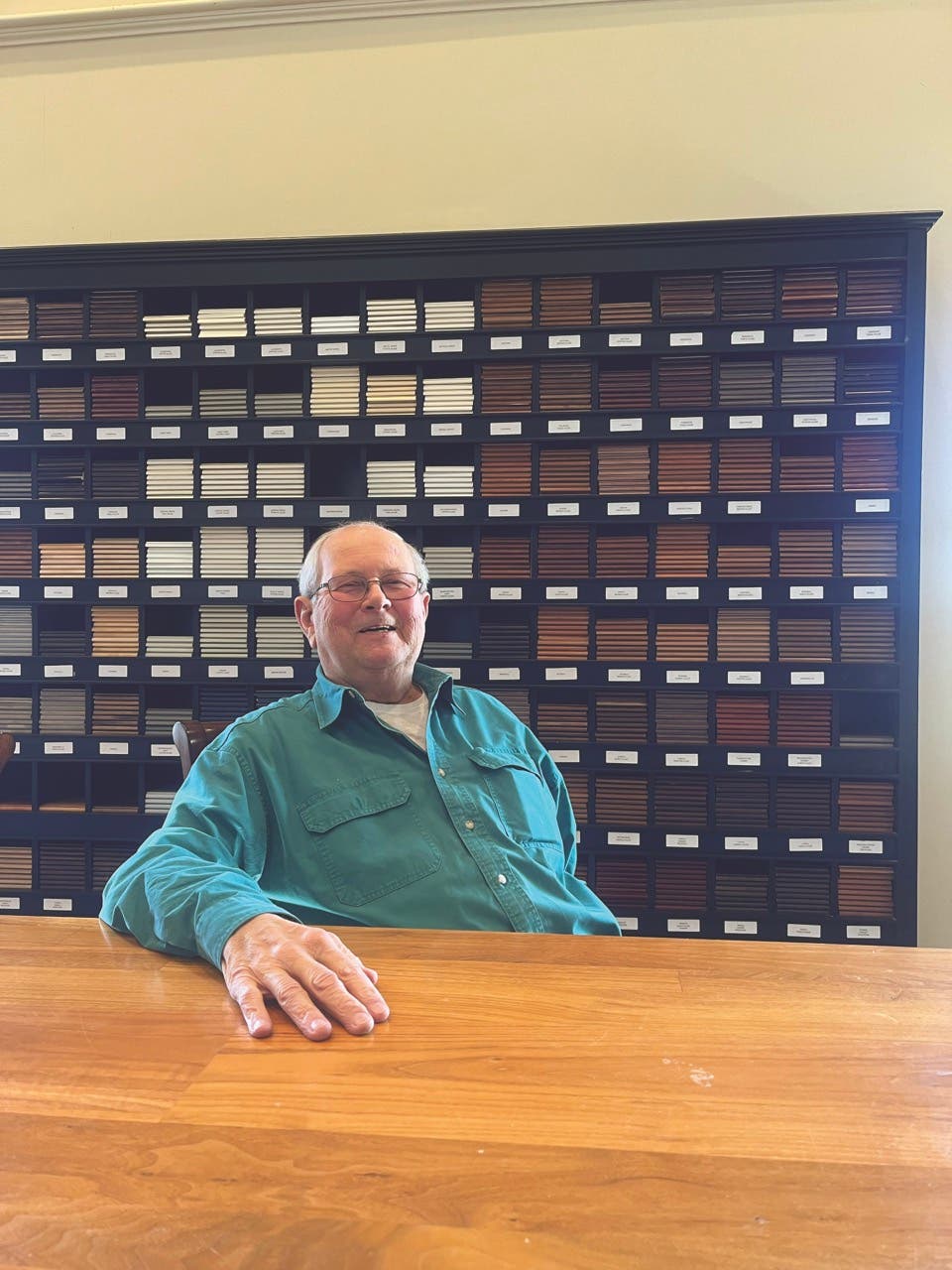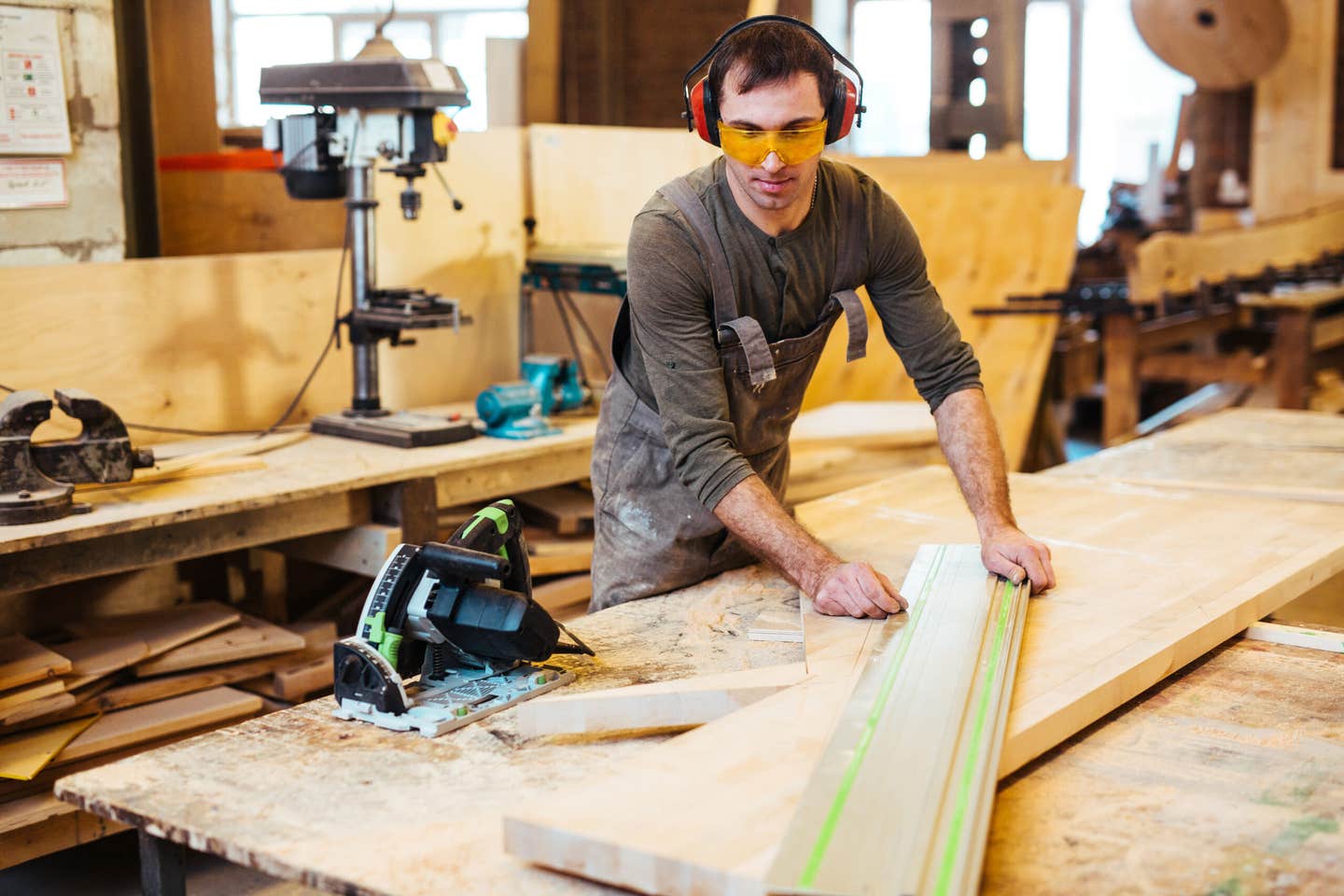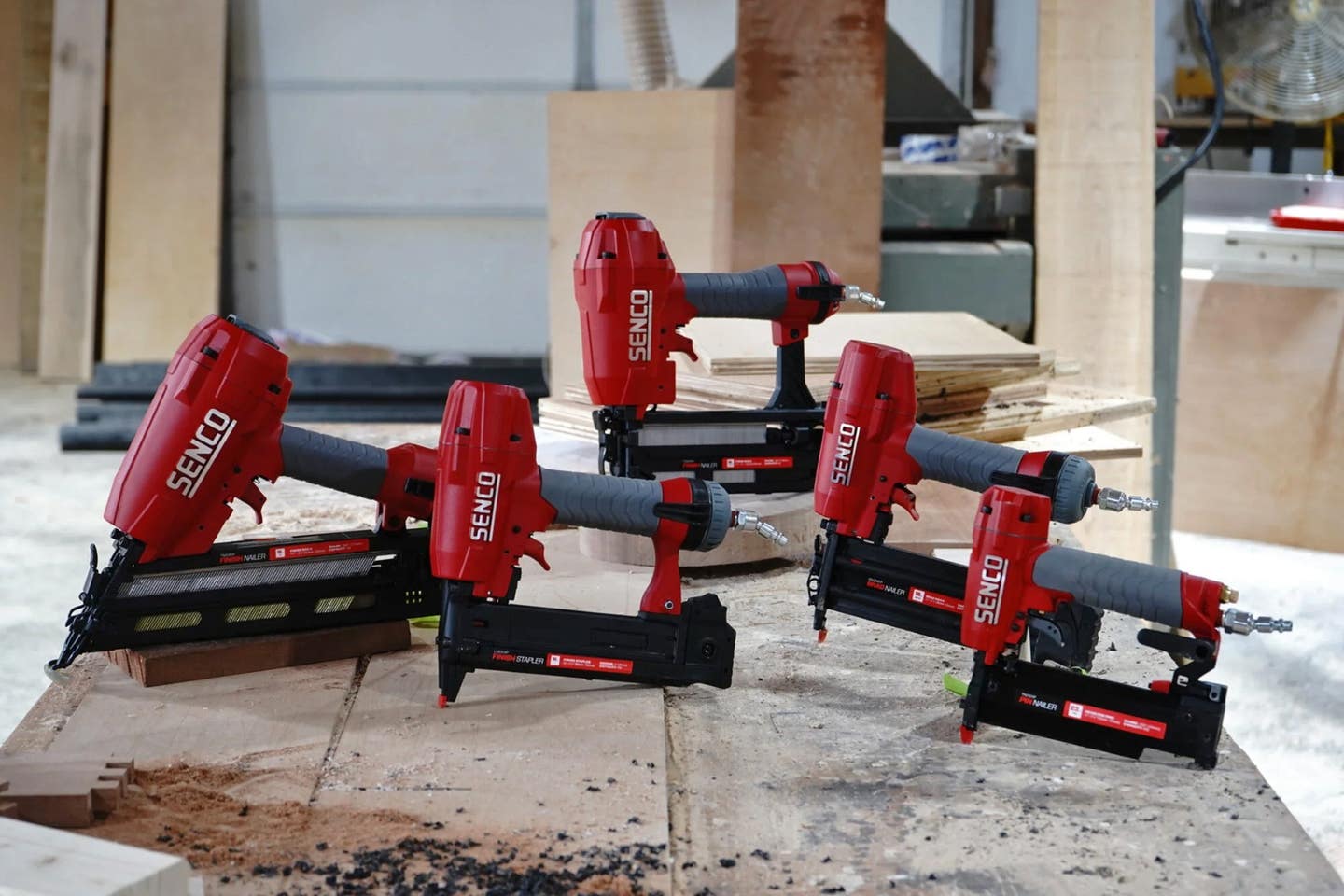Sleek and simple
The old catchphrase “minimalism” seems to be making the rounds again. About 30 years ago, it described architecture that exuded Northern European starkness — aluminum and plastic with the remnants…
The old catchphrase “minimalism” seems to be making the rounds again. About 30 years ago, it described architecture that exuded Northern European starkness — aluminum and plastic with the remnants of a modified Bauhaus influence. In the mid-1990s, it referred to Corian countertops and appliance garages over light maple or hickory casework. And, a decade ago, minimal meant monotone walls, laminate floors and stainless-steel appliances. Now it’s back. And this time around, minimalism seems to encompass light-colored casework — white, gray, beige and tan — juxtaposed against dark granite tops or perhaps a dramatically black-stained accent species.
We’ve come a long way from preformed Formica countertops and red oak cabinets, when minimalism meant nothing more than clutter-free work surfaces. Today’s kitchen is more likely to feature flat-paneled, Shaker-style doors and a finish that disguises the wood grain, if it doesn’t outright hide it. The distinctive personalities of hardwoods are, well, a bit too retro: the warmth of wood has been usurped by the antiseptic efficiency of high-tech tones.
Spotting consumer trends in any field is tricky because most diminish before they can be recognized. With kitchens and furniture, it’s a little easier because the scope of the investment demands some level of permanence: most of us can’t afford to redo the cabinets every time tastes change. So the design choices that we make are considered, rather than impulsive. Kitchen buyers tend to take their time researching their options and they make more educated decisions. That plays into every aspect of construction from using green materials to choosing appliances, designing workflow patterns and lighting and, of course, choosing wood finishes.
But while big-ticket items can help us identify consumer trends, the tendencies they reveal are usually a bit behind the curve. Clients are more likely to go with last year’s trend — which they have seen for months in magazines and maybe in model homes — than the very latest thing, which they might only glimpse in an online article or hear about briefly from a woodshop owner who has just returned from a trade show in Atlanta or Las Vegas.
Repeat exposure solidifies one’s acceptance of new ideas and that’s what makes things trend. Take car colors, for example. During the last few years, the most popular automobile colors have been silver, white, black and gray. That high degree of non-committed blandness (which many designers call sophistication) has historically been evident in the years immediately following a deep economic recession. In hard times, people are a little wary of being — or even seeming — a bit too flashy. Sociologists and market analysts agree that conservative colors (or a lack of color altogether) tend to make people feel that they are being more sensible, cautious and responsible.
“The recession wasn’t our fault,” they seem to be saying. “And we’re certainly not going to tempt fate by standing out from the crowd during the recovery.”
Those same bland color choices are true of expensive personal appliances such as cellphones and laptops. There are a lot of black or white smartphones out there and tentative color comes only in inexpensive cases that somehow feel less permanent.
Given the lack of confidence imbued by fresh memories of a deep recession, it’s no surprise that so many woodshop clients are trending toward monochrome choices in their casework. The clients who can afford to buy custom cabinets are often the same people who watched in horror as their retirement funds evaporated a few years ago. They still have sophisticated tastes, but they are less likely to indulge a colorful whim than they were before the crash. It might be a while yet before we see lots of color in cars — or kitchens.
In the same manner, traditional wood tones often remind buyers of the recent past. Their memories are not yet seasoned enough to be nostalgic, so they are instinctively ignored. While organic materials will undoubtedly creep back into favor, for now they are less appealing than bright-white with dark contrasts. As the culture regains confidence, design will wander back toward the less-defined, less predictable grains and hues of hardwoods.
Color accents
In high-end kitchens and offices, strong color statements appear in countertops, appliances and personalized accents, rather than on the casework. They are splotches of drama framed within the cleaner lines. There’s also a recent warming of attitude toward wallpaper as an accent — something that had lost much of its popularity during the last few decades. That was in large part because of more conservative décor choices, but also to better paint options. Now, many color schemes begin with wallpaper and the designer or client then picks up a color from the paper to use as the finish on the cabinets.
When strong tones do appear, they tend to be incorporated as appliance fronts, farmhouse sinks, hanging light fixtures or perhaps brightly painted backsplash tiles set in a field of white. Occasionally a designer turns 180 degrees and delivers very dark cabinets with white or very light counters and glass tile backsplashes. Dark or black cabinet faces and doorframes, combined with bright, white, backlit interiors and glass doors is a trending look, too.
The floor can be a saving grace in these sparse and harsh environments. High-quality laminates or natural wood floors can bring a great deal of warmth to an otherwise sterile room.
Hidden hardware is becoming more and more popular, where handles and pulls are replaced by touch-sensitive options. The absence of traditional hardware increases the impact of that “minimal” design. Some designers are still choosing to use hardware as their splash of color, but most high-end buyers seem to prefer the hidden technology.
Open shelves haven’t been widely popular since the 1930s, but they are making a strong comeback of late. Incorporated into casework, they allow a homeowner to customize the room by displaying personal items such as family heirlooms, kitchen collectibles or even small antiques that bring organic shape to an otherwise strong and linear environment. Sometimes the backs of open shelves are lines with solid wood V-grooved (TG&V) paneling that breaks up what would otherwise be a large flat surface — it introduces a low profile, yet still 3-D, visual effect. Grooved panels are generally painted or coated to match the white or off-white scheme because the light background enhances the impact of colorful items placed on the shelves.
Another trend of late seems to be fewer uppers (wall cabinets), so the room feels larger and more airy. The bases are usually finished in light colors and the countertops are dark to accentuate the horizontal properties of the space. When the kitchen is designed prior to construction (rather than as a retrofit), architects like to substitute windows for wall cabinets. Of course, the client is trading valuable storage space for an open plan. That presents an opportunity for woodshop estimators who can then ask the customer to consider extra casework in pantries, basements or even garages. A consumer’s choice in wood finishes for those secondary spaces is often based more on budget than aesthetics: don’t be surprised if they choose basic paint or foil over a built-up coating.
Other accents
Some designers are using horizontal solid-wood countertops to replace vertical cabinetry as a means of reintroducing organic elements in kitchen design. However, the trend is not toward more butcher-block, but rather toward solid-wood expanses. These are being built a safe distance from sinks and stoves to minimalize water and heat exposure.
The trend ties into a return to the ancient function of the kitchen as the heart and soul of a home. After being relegated to formal dining rooms for decades, people are not just gathering in kitchens again, but even working in them at non-culinary tasks. Laptops, phones and tablets allow homeowners to work where they want and, in their homes, that often means gravitating toward the center of conversation. The traditional wooden kitchen tabletop is being incorporated into countertops in part to accommodate this fundamental shift in lifestyle. Bamboo countertops are gaining momentum, too, as they offer a more impervious and stable option than hardwood plank panels.
Gold, bronze and copper accents have seen quite a bit of growth in recent years and these accents work best with a more subdued background palette. Where they appear as stove hoods, counters and lighting, the boxes below them are often white or dark gray.
This article originally appeared in the October 2016 issue.


